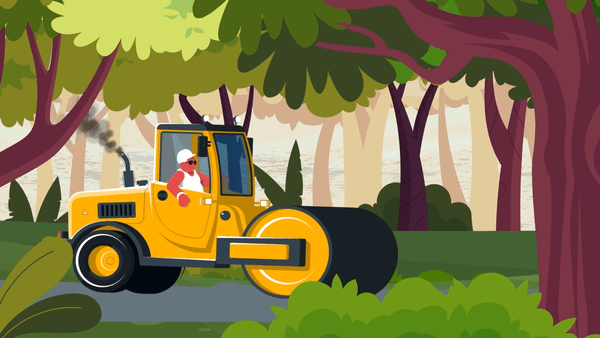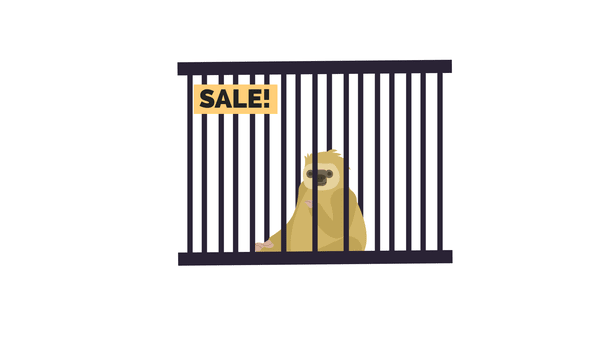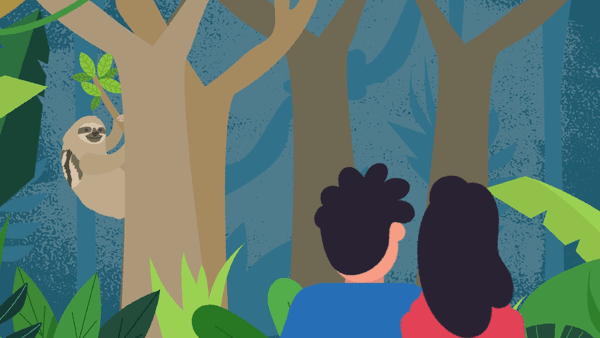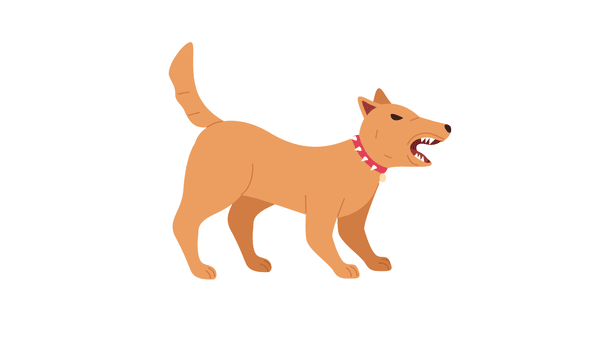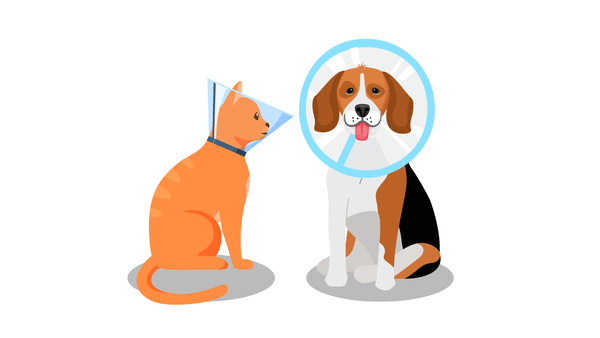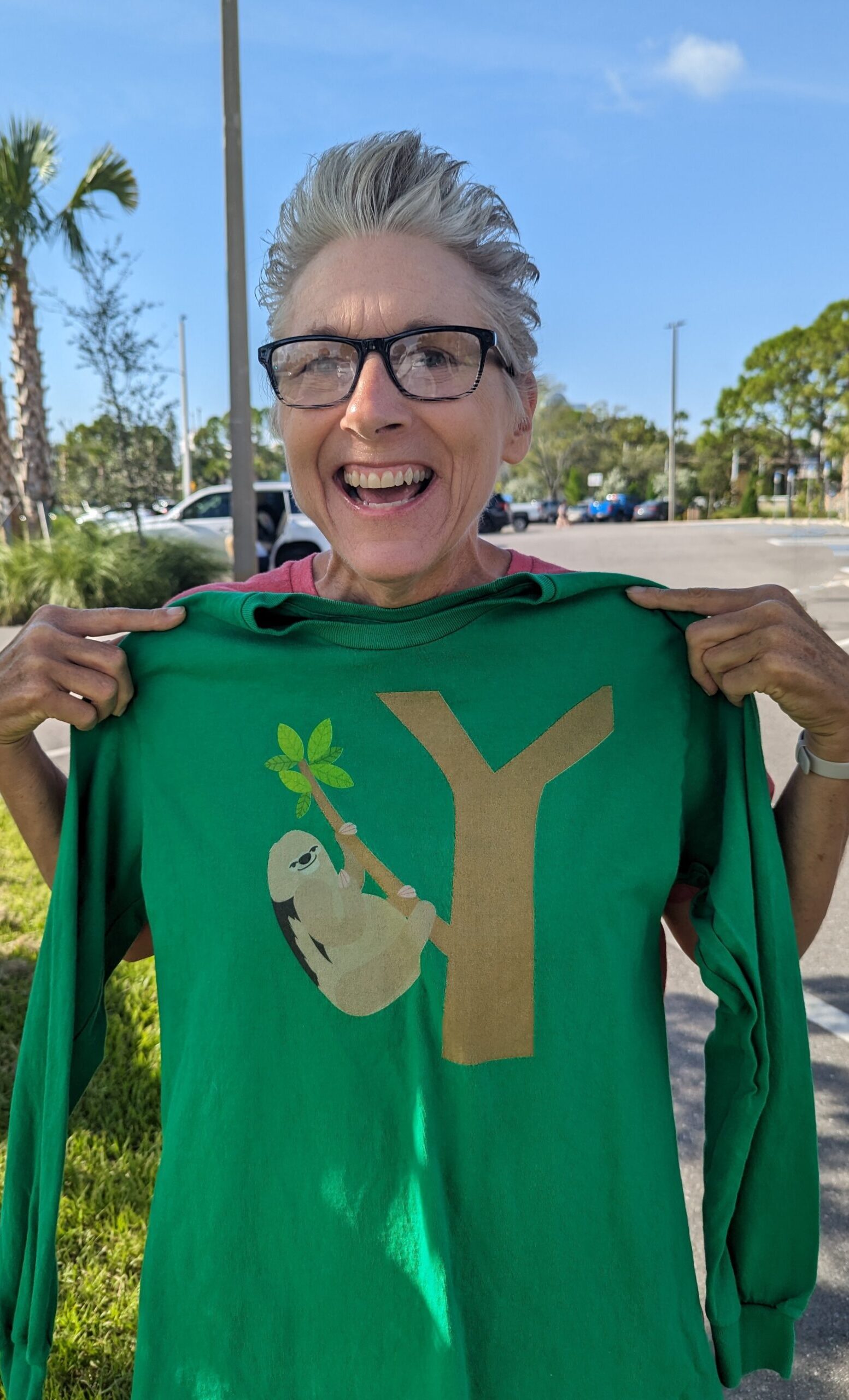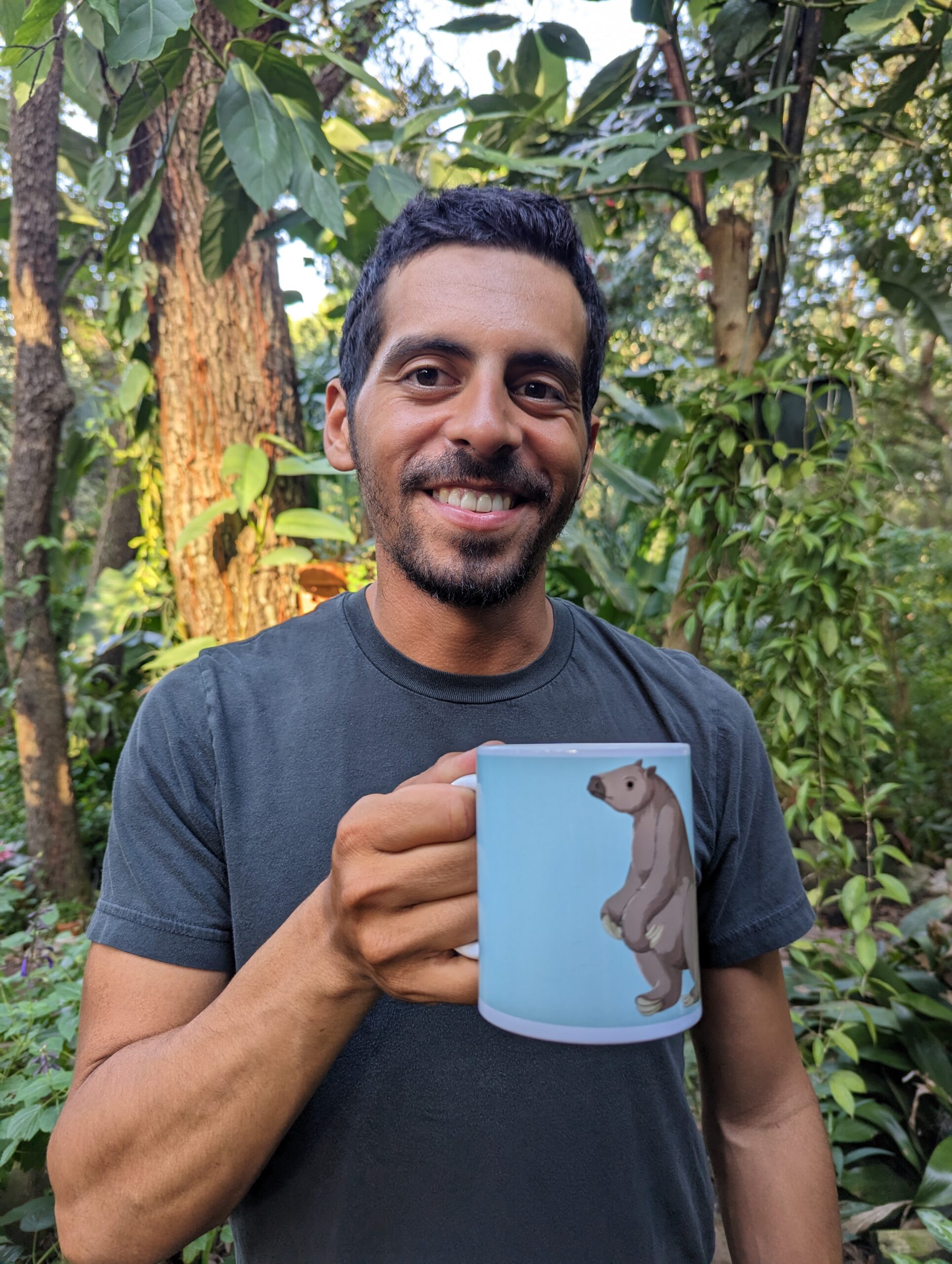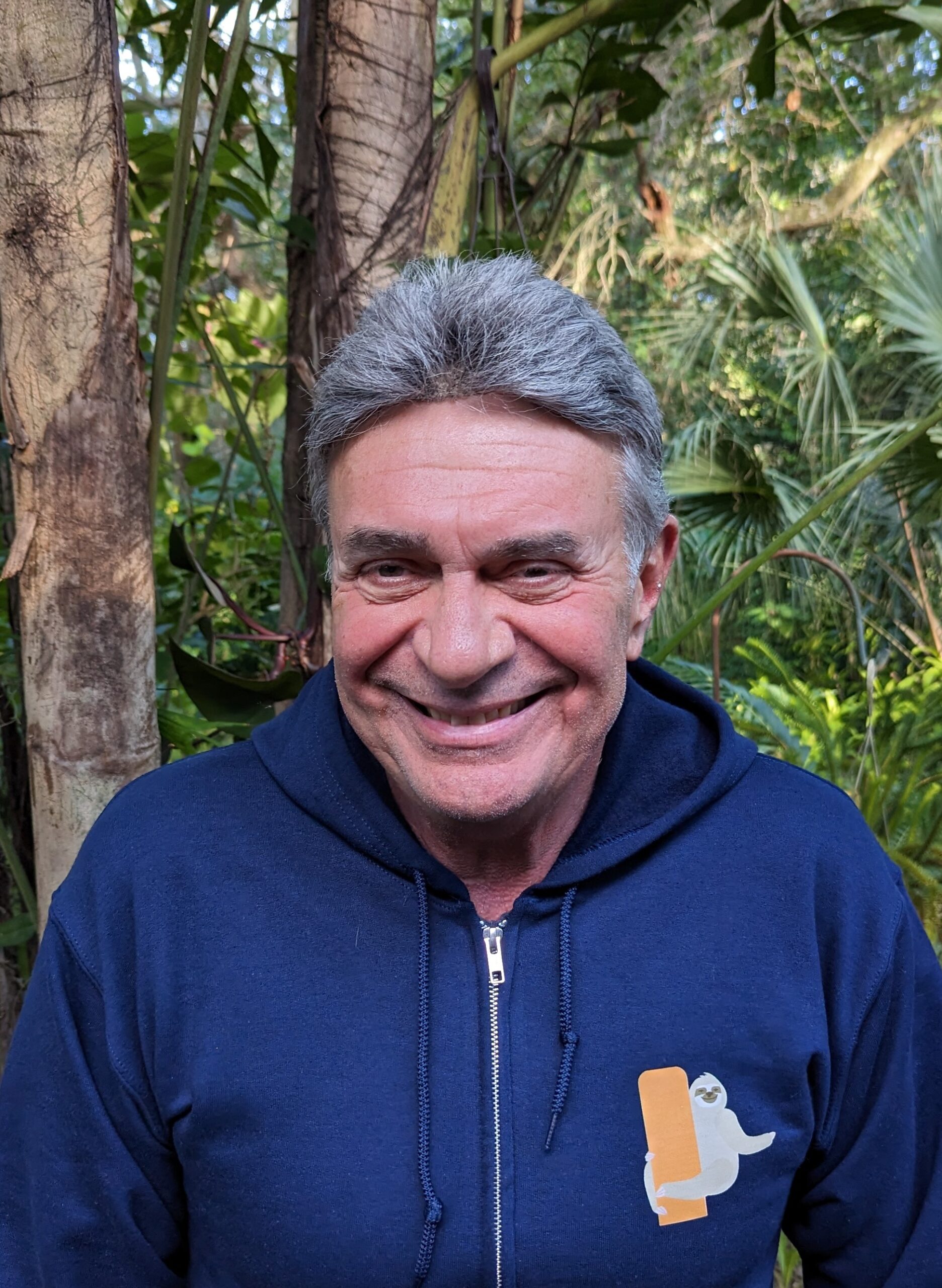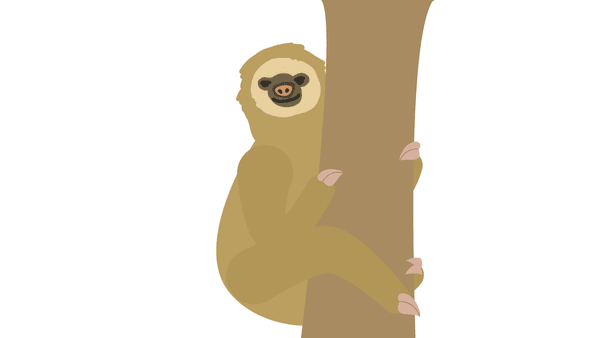
Hoffmann’s two-fingered sloth
Choloepus hoffmanni
Lifespan: 25-30 in a zoo setting with proper veterinarian care. Lifespan is unknown in the wild.
Reproduction: Pregnancy is between 11 and 12 months. One baby is born at a time. Usually gives birth every 15 months.
Size: Average adult 2.7–10 kg
Diet: Buds, leaves, flowers, fruit, twig tips, and young stems
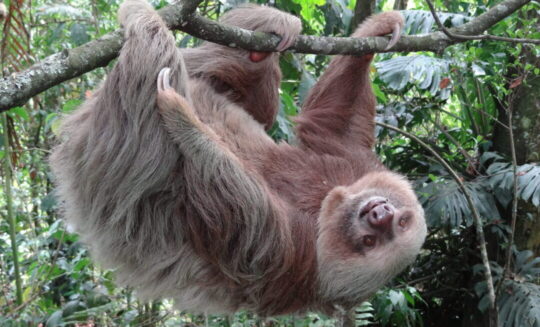
Common Names
English – Hoffmann’s Two-fingered Sloth, Hoffmann’s Two-toed Sloth
German – Hoffmann-Zweifinger-Faultier
French – Unau D’Hoffmann
Spanish- Camaleón, Perico Ligero, Pereza, Unau, Perezoso, Perico lerdo
How to Identify:
Similar species possibly found in the same area: Choloepus hoffmanni Bradypus pygmaeus (only in Panama) and Bradypus variegatus Choloepus hoffmanni has two claws on its front paws, compared to Bradypus species which has three. Choloepus hoffmanni has a shorter neck and fleshy nose Choloepus hoffmanni does not have a tail but Bradypus does. Choloepus didactylus Choloepus hoffmanni throat is paler in color. Choloepus hoffmanni usually has less neck bones (cervical vertebrae) than Choloepus didactylus
IUCN Red List
Species are classified into one of nine Red List Categories: Extinct, Extinct in the Wild, Critically Endangered, Endangered, Vulnerable, Near Threatened, Least Concern, Data Deficient and Not Evaluated. Vulnerable, Endangered and Critically Endangered species are considered to be threatened with extinction.

Hoffmann's two-fingered sloth Facts
- The genus name, Choloepus, is from the Greek for injured footed for how slow they move.
- The species name hoffmanni, is in honor of the German naturalist Carl Hoffmann.
- Choloepus hoffmanni has two separate populations separated by the Andes Mountains
- They are active at night, which is called nocturnal.
- They are solitary, usually living by themselves, with two or more sloths rarely seen in the same tree
Habitat
- Cacao plantations
- Dry grassland
- Tropical forests
 Population Trend
Population Trend
• Decreasing
 Threats
Threats
- Deforestation
- Habitat loss
- Illegal pet trade
- Selfie tourism
Here are some ways YOU can help keep sloths healthy and safe:
– It is best to observe them from a distance and in silence.
– Our pets could attack them. It is important to keep your dog on a leash when you go for a walk, or keep your pets at home in an enclosed and safe area. In addition, taking care of our pets also means spaying and neutering them so that they do not breed without control.
– Sloths love to live in the woods, keeping them as pets is not good for them. Keep in mind that they don’t like selfies either.
– If you find an injured sloth, contact a wildlife hospital so they can help it.
– Deforestation is often caused to make more land for livestock. Eating less meat may help save our forests.
Test your new knowledge!
Test your new sloth skills by visiting our sloth word search, puzzles, coloring sheets and name games!
Check out this video to see how much you have learned!
The Anteater, Sloth, Armadillo Specialist Group has a store that directly helps xenarthran conservation!
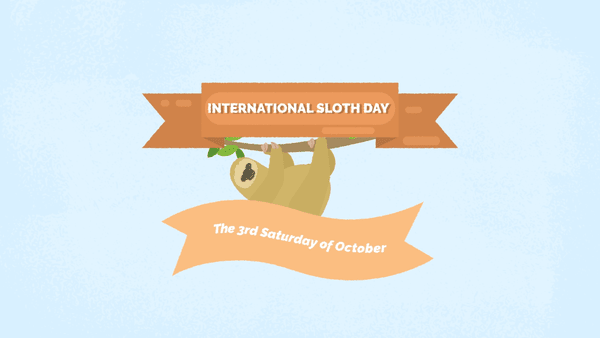
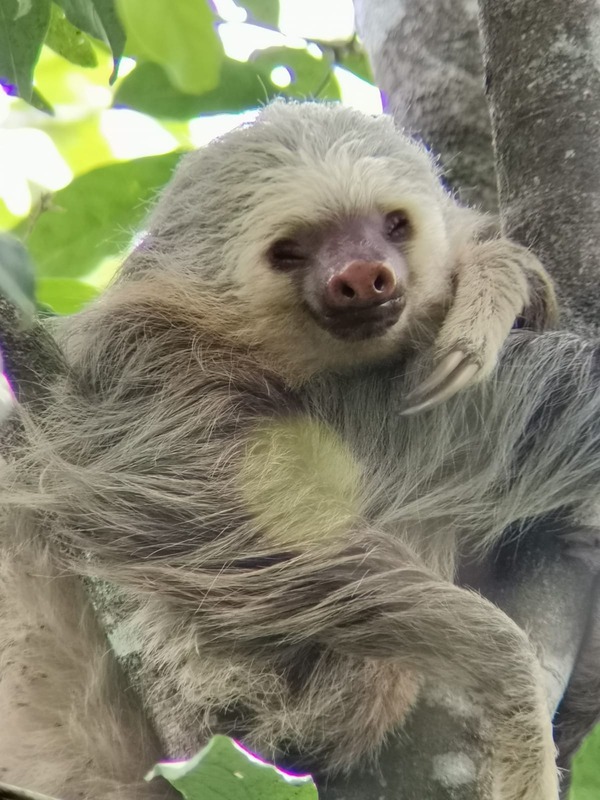
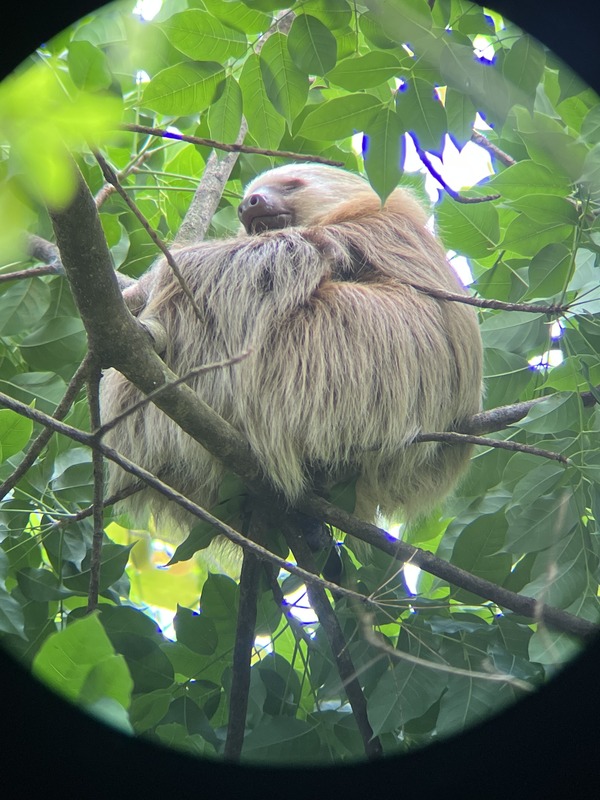
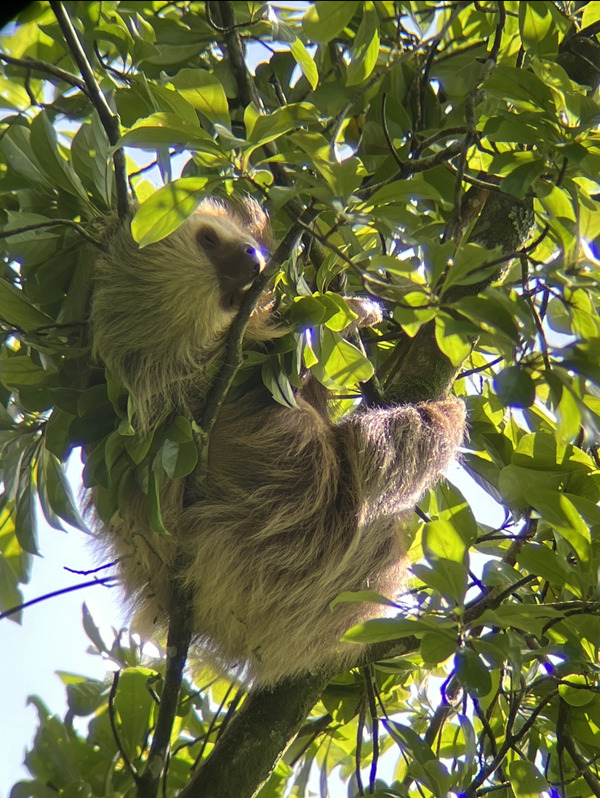
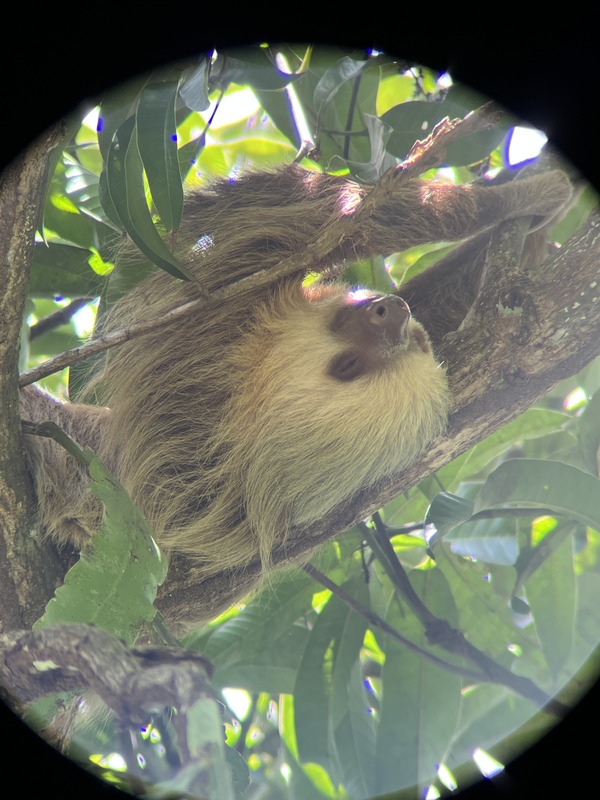
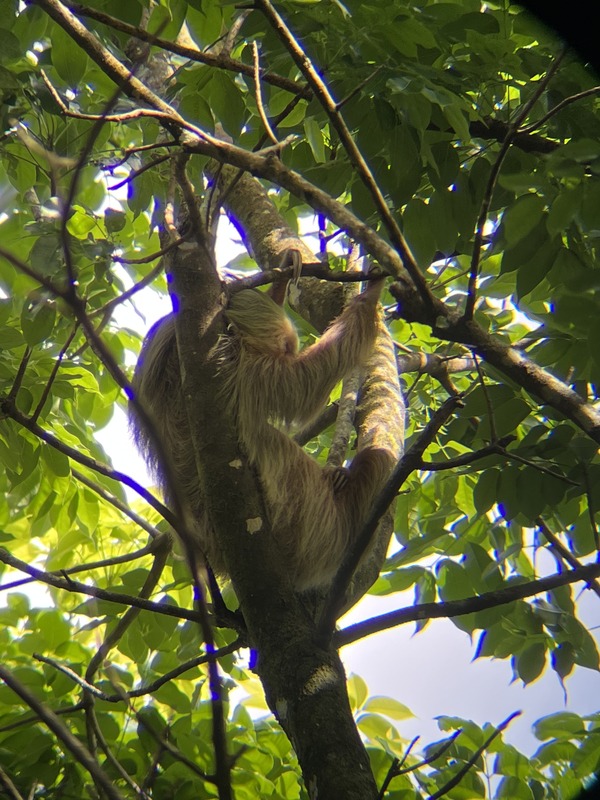

 Population Trend
Population Trend Threats
Threats